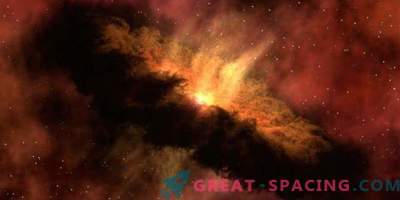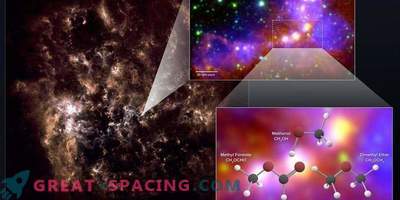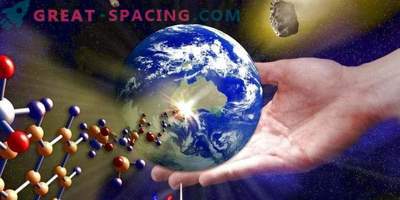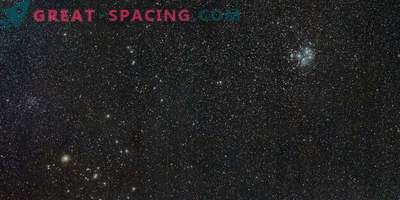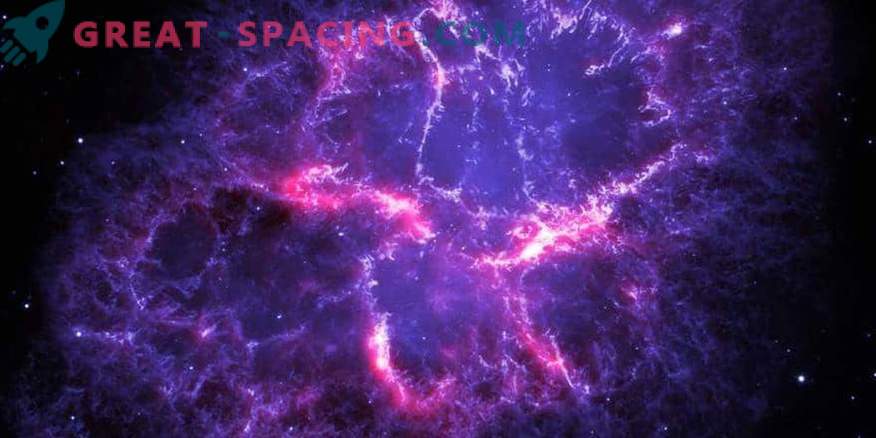
Planets and stars begin to form from a huge amount of crumbling material falling into itself under the influence of gravity. Protostars are formed in the middle of the process. Then the star becomes hot and begins to glow. A circular circulating area is created around it. This area is called a disk, and it is filled with material (gas and dust).
The areas near the star heat up due to the released light and this leads to the evaporation of molecules. More distant areas are much colder and the molecules in them turn into ice particles. The earth and all the planets of our system are created from the same material, but by different processes. So an understanding of the location of the material and the conditions allows not only to predict where the planets may appear, but also to understand their own origin history.
Now there are several major theories. Most often we are talking about dust grains that collide and merge. Various mechanisms increase their volume, and they form round planets. In the end, they can get the atmosphere. But some scientists wanted to test whether these molecules could be contacted at a chemical level. That is, can a new molecule form from the collision of two molecules? Nobody undertook the study of chemical evolution, because the computer model and code to simulate reactions will be extremely complex. They require tremendous computing power and data from research laboratories.
A small team of scientists decided to create their own chemical model and test the reactions. The task is to understand whether the number of molecules initially introduced has changed. It turned out that over time their number really became different, which means there is a place for chemical evolution. If so, then the data will greatly affect our understanding of the processes of planetary formation.
Early models showed that the formation of more complex molecules requires ionization of disk molecules. That is, a neutral atom or molecule becomes electrically charged (ions). This not only accelerates the process of chemical evolution itself, but also affects which molecules enter the forming planets and their atmospheres.
